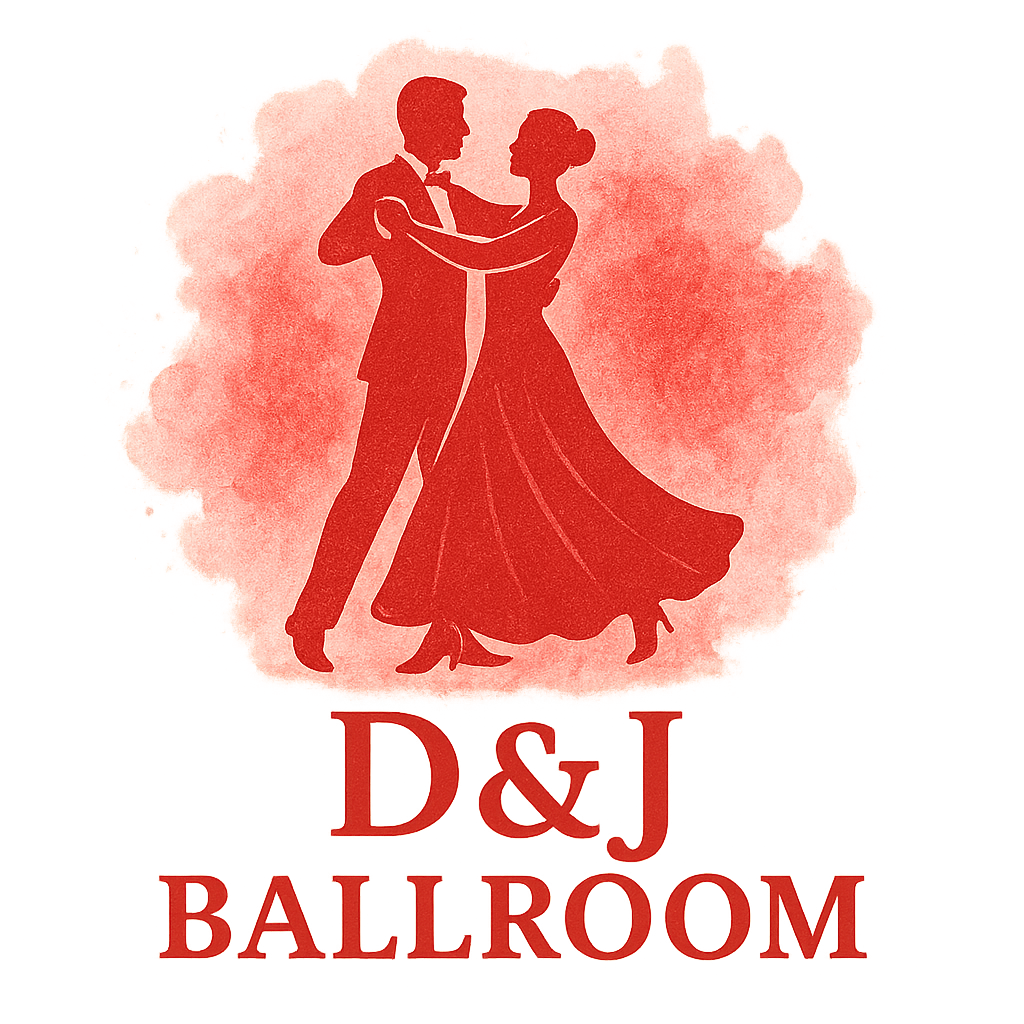If you’re eager to dive into the world of ballroom dancing, Quickstep might just be your perfect match. It’s fast, it’s fun, and it’s full of flair. In this guide, we’ll break down 6 Quickstep ballroom moves for beginners that will have you gliding across the dance floor with confidence. Let’s get moving!
What is Quickstep? A Dance Full of Spark
Quickstep is one of the most vibrant and energetic dances in the world of ballroom. Originating from the 1920s, it combines elements of foxtrot and swing with light, quick footwork. If you’re curious about its evolution, check out this detailed breakdown on Ballroom History & Culture.
Why Quickstep is Perfect for Beginners
While it might look complicated at first, Quickstep is surprisingly beginner-friendly. Why? Because once you understand the basic rhythm and posture, the rest is a delightful pattern of repeatable steps. And let’s be honest—who doesn’t want to bounce around to upbeat jazz?
Getting Started with Quickstep
Before you start learning the steps, it’s important to build a solid foundation.
Understanding the Basics of Quickstep
The basic timing for Quickstep is usually counted as “slow, quick, quick” or “1, 2&3, 4&.” It’s bouncy, fast-paced, and full of life. It’s also one of the featured styles on the Ballroom Dance Styles page, if you’re curious how it stacks up against other styles.
The Role of Posture and Frame
Your posture and dance frame set the tone. Keep your shoulders relaxed, core tight, and maintain contact with your partner at the right points. Good frame equals better control.
Music and Rhythm: Quickstep’s Pulse
Quickstep music is typically set at a brisk 200 BPM. So, it’s all about staying light on your feet and syncing with the beat.
Move #1: The Quarter Turn
A fundamental Quickstep move that helps you learn rotation and timing.
How to Perform a Quarter Turn
- Leaders: Start with your left foot, step forward, and begin a right turn.
- Followers: Step back on your right foot and mirror the turn.
Common Mistakes to Avoid
Beginners often over-rotate or lose posture. Keep turns controlled and avoid rushing.
Move #2: Progressive Chassé
One of the most elegant yet easy steps to learn.
Step-by-Step Breakdown
- Step forward (leader) or back (follower)
- Chassé to the side
- Close feet
- Step again in the same direction
Tips for Smooth Execution
Practice this move with music to internalize the beat. Check out helpful Ballroom Techniques & Training to fine-tune your form.
Move #3: The Natural Turn
Another core move that integrates well with other steps.
Mastering This Foundational Move
- Begin with a quarter turn
- Transition into a turn that takes you slightly to the right
- Keep your frame intact to avoid pulling your partner off balance
Connecting It with Other Steps
Try linking the Natural Turn with Progressive Chassé for a seamless flow.

Move #4: Forward Lock Step
This step gives your routine that dynamic “locked-in” look.
Learn the Lock Technique
- Step forward with your left (leaders)
- Cross the right behind the left
- Step forward again
Keeping Balance While Gliding
Think of it like threading a needle—your legs should pass closely to maintain elegance. See related Dance Drills to master this motion.
Move #5: Reverse Pivot
A stylish and impressive move, but requires practice.
Executing the Reverse Pivot
- Leaders step back and pivot on one foot
- Followers pivot simultaneously while keeping contact
Footwork & Timing Tricks
Watch your foot alignment. Timing is crucial—use slow practice before speeding up.
Move #6: Tipple Chassé to Right
Adds a playful flair to your choreography.
Adding Flair with Tipple Chassé
- Begin like a regular chassé
- Add a slight lean or rotation to the right
- End with a sharp finish
Perfecting the Finish
Confidence is key. This move is a showstopper in Ballroom Events & Competitions.
Training Tips for Quickstep Success
Drills to Improve Footwork
Simple repetition with music can work wonders. Visit our Training Section for structured drills.
Practicing with a Partner
Connection matters! Find a reliable partner or group via local studios or ballroom clubs.
What to Wear for Quickstep Practice
What you wear affects how you move. It’s not just fashion—it’s function.
Shoes That Support Movement
A good pair of ballroom shoes provides the right amount of grip and slide. Learn more on Ballroom Attire & Fashion.
Outfit Tips from Ballroom Experts
Stick to breathable fabrics. Check out trending outfits in the Fashion Tag for inspiration.
Final Thoughts: Start Dancing Today
Quickstep is the perfect gateway into the joyful world of ballroom. It’s high-energy, fun, and incredibly rewarding. These six beginner moves are your first steps to building a solid foundation. So lace up those shoes, hit play on some jazz, and start practicing today.
Want to explore more? Discover various Ballroom Dance Styles or dive deeper into Ballroom History & Culture. You might just find your new passion.
FAQs
1. How long does it take to learn Quickstep basics?
Most dancers get the hang of the basics in 2–3 weeks with consistent practice.
2. Do I need a partner to start learning?
Nope! You can practice solo or use a mirror for self-correction.
3. What songs are great for Quickstep practice?
Try classics like “Sing, Sing, Sing” or anything upbeat around 200 BPM.
4. Is Quickstep danced in competitions?
Absolutely! It’s a staple in most Ballroom Competitions.
5. Are there any good online resources for practice?
Yes—D&J Ballroom offers great training tips and technique articles.
6. Can Quickstep be danced socially or just competitively?
Both! It’s a favorite at social dances and formal Ballroom Events.
7. Is Quickstep suitable for all ages?
Yes, it’s energetic but can be adapted for various fitness levels and ages.


